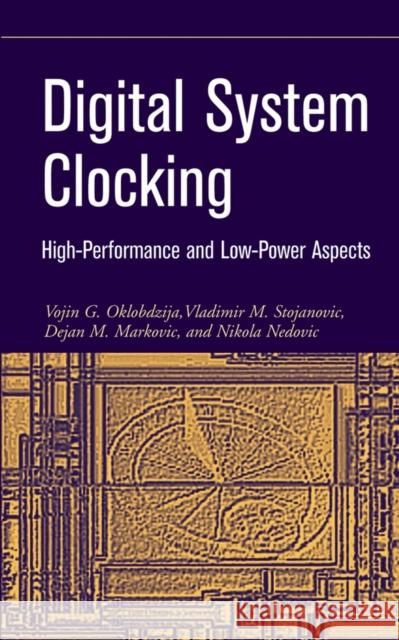Digital System Clocking: High-Performance and Low-Power Aspects » książka
topmenu
Digital System Clocking: High-Performance and Low-Power Aspects
ISBN-13: 9780471274476 / Angielski / Twarda / 2003 / 272 str.
Provides the only up-to-date source on the most recent advances in this often complex and fascinating topic.
- The only book to be entirely devoted to clocking
- Clocking has become one of the most important topics in the field of digital system design
- A "must have" book for advanced circuit engineers











